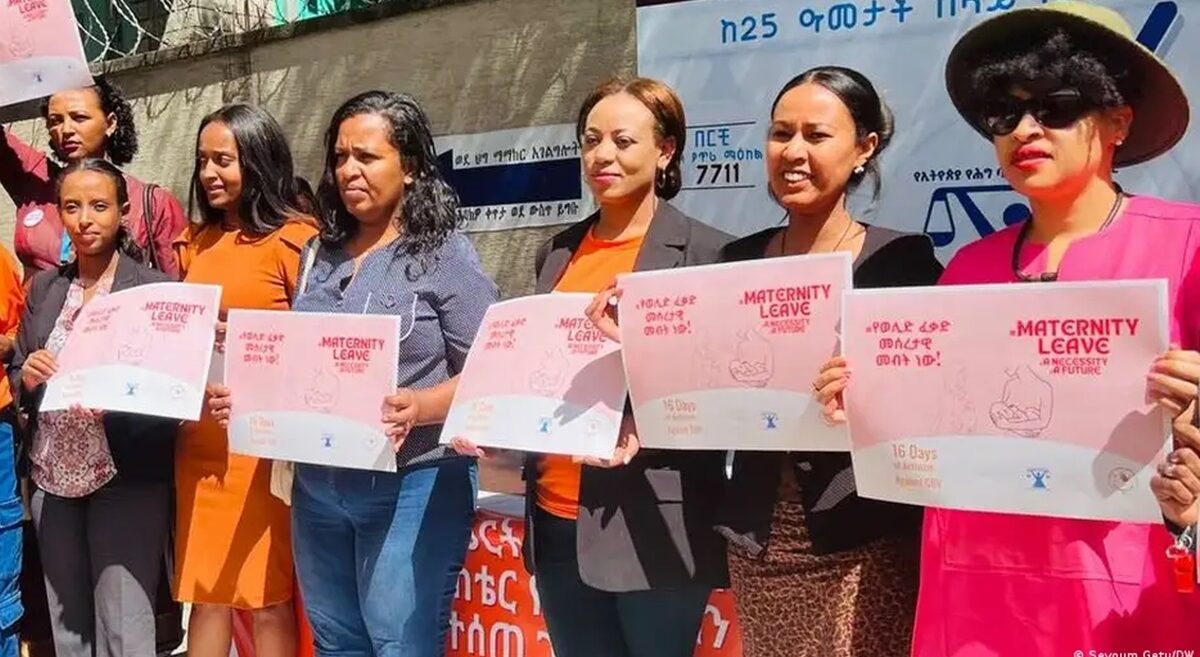News: Ethiopia tops global list of highest internal displacement in 2018
Displaced civilians from the Gedeo and West Guji zones of SNNPR and Oromia regional states, respectively
Addis Abeba, September 12/2018 – Ethiopia has seen the highest number of people forced to flee their homes within their country in the first half of 2018, according to the IDMC report on global displacement out today.
“It beggars belief that 1.4 million people fleeing violence isn’t making global headlines. The world has turned a blind eye to Ethiopia,” warned Nigel Tricks, Regional Director of the Norwegian Refugee Council (NRC). “Families we’ve met who have fled fighting are living in dire conditions, and dismal international funding is being channeled to help them.”
Conflict has uprooted some 1.4 million Ethiopians from their homes since the start of the year, according to the report. This has been largely due to new ethnic clashes in Gedeo and West Guji region in southern Ethiopia, and continued violence in the Oromia-Somali border region.
The government and aid agencies are working hard to respond, but with around one million newly displaced people in Gedeo and West Guji sheltering with host communities and in overcrowded communal shelters, food provision, water and health services are stretched beyond capacity. The affected area was already one of the most densely populated parts of Ethiopia, with the influx of people now doubling the population in some areas. The current rainy season is also worsening peoples’ living conditions and hindering the humanitarian response.
The Ethiopian government is working to bring about peace and security. This process and the support for early returns of displaced people are priorities for all. Some families are starting to return to their home areas in Gedeo and West Guji, but many houses have been destroyed.
“People tell us they are keen to return home, but they fled with nothing and need to know they can access support to rebuild their lives. It’s important that any returns are voluntary and sustainable. Families must also be confident of the safety of areas before moving back,” said Tricks.
Violence also continued to flare in the Oromia-Somali border region, with 200,000 people fleeing their homes in the first half of the year. Another 500,000 people fled clashes in the last quarter of 2017. Nearly all areas along the regional border have been affected. The region has been hard hit by food shortages, which has compounded the crisis. Reliefweb





